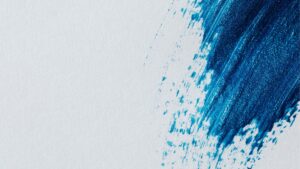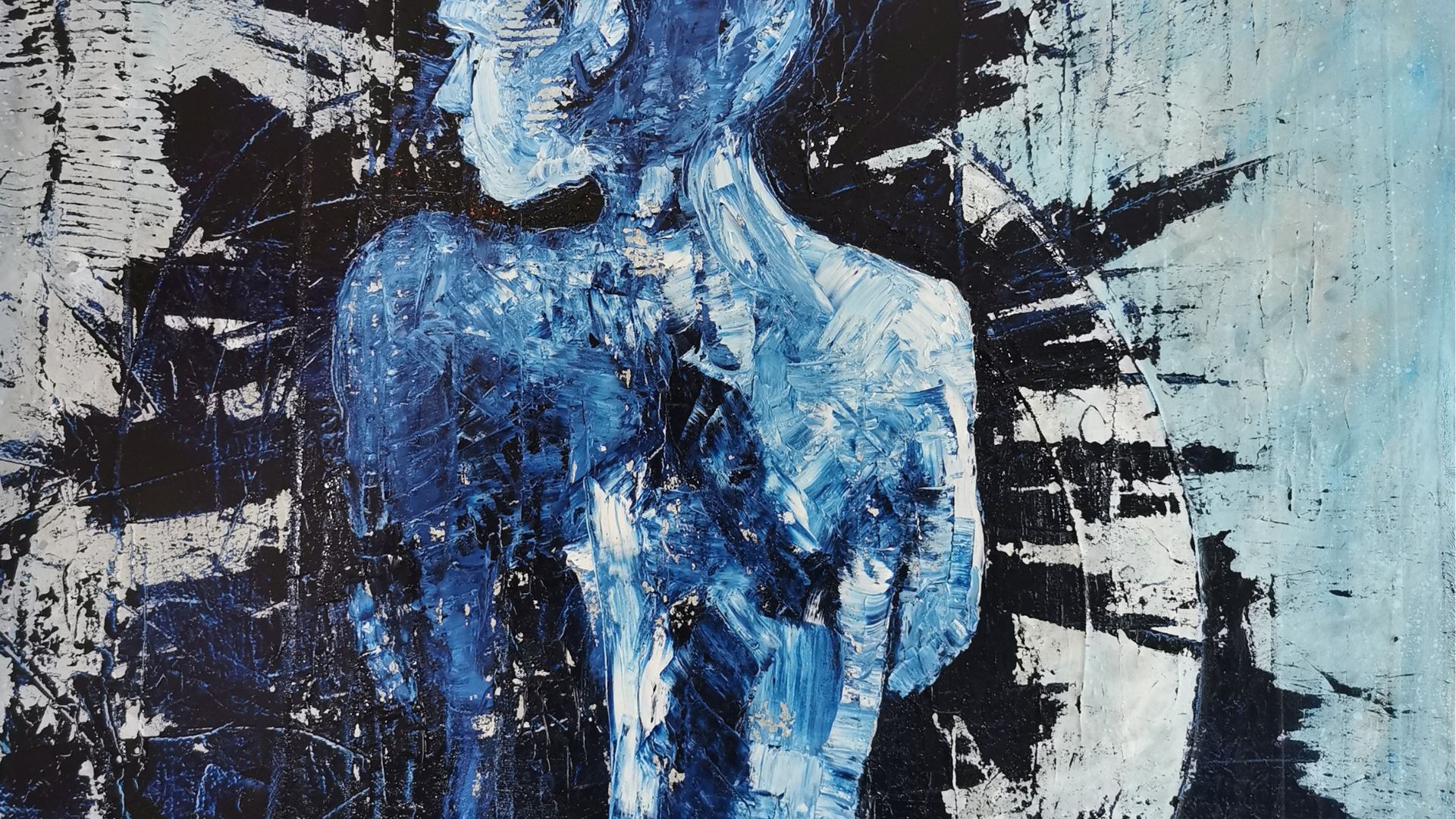Creating a mural is an incredible way to bring life and art to a space, but once the masterpiece is complete, the question of preservation arises. Should you apply a fixative to protect your hard work and ensure its longevity?
Understanding Fixatives
A fixative is a type of varnish or coating applied to artworks, like murals, to protect them from environmental factors. It acts as a barrier, shielding the artwork from dust, dirt, UV rays, and moisture, thus preventing smudging or fading.
Factors to Consider
- Medium Used: The type of medium used in the mural plays a crucial role. For instance, if the mural is created with spray paint, acrylics, or pastels, a fixative can help set the pigments and prevent them from smudging.
- Location: Consider where the mural is situated. If it’s indoors, exposure to elements is limited, reducing the need for a fixative. However, outdoor murals are exposed to weather changes and pollutants, making a fixative more beneficial.
Pros and Cons
- Pros of Using Fixative:
- Protection against dust, dirt, and UV rays.
- Preserves colors and prevents smudging.
- Adds a glossy or matte finish, enhancing aesthetics.
- Cons of Using Fixative:
- Some fixatives might alter the appearance of the mural.
- Improper application can cause discoloration or streaking.
- Long-term effects of fixatives on certain surfaces aren’t always known.

Best Practices
- Test Spot: Before applying a fixative to the entire mural, test it on a small, inconspicuous area to ensure compatibility.
- Quality Matters: Choose a high-quality fixative suitable for the mural’s medium and intended location.
- Application Technique: Follow the manufacturer’s instructions meticulously. Apply the fixative in thin, even coats, allowing proper drying time between layers.
So,….
Deciding whether to apply a fixative after finishing a mural depends on various factors, such as the medium used, mural location, and personal preference. If the mural is exposed to outdoor elements or if smudging is a concern, using a fixative can be beneficial. However, for indoor murals with limited exposure, it might not be necessary.
preserving your mural is essential, but the choice of using a fixative should be well-considered to avoid unintended consequences.
External Links for Further Reference:
- The Importance of Art Conservation
- Understanding Varnishes and Fixatives for Art
- Preserving Outdoor Murals
Ensure to assess your mural’s specific needs and consult with art preservation experts if necessary before applying any fixative.
Applying a Fixative: Step-by-Step Guide
So, you’ve decided to apply a fixative to preserve your mural. Here’s a step-by-step guide to ensure you do it right:
1. Preparation
- Clean the Surface: Ensure the mural surface is clean and free from dust or debris. Use a soft brush or cloth to gently remove any loose particles.
- Test Area: As mentioned earlier, choose a small, inconspicuous spot to test the fixative before applying it to the entire mural.
2. Selecting the Fixative
- Compatibility: Ensure the fixative is compatible with the mural’s medium. Different mediums might require specific types of fixatives.
- Quality Matters: Invest in a high-quality fixative to ensure better protection and preservation.
3. Application Process
- Ideal Conditions: Choose a day with moderate temperature and low humidity to apply the fixative. Extreme conditions can affect the drying process.
- Ventilation: Work in a well-ventilated area to avoid inhaling fumes from the fixative.
- Even Coats: Shake the fixative can thoroughly before use. Hold the can at a consistent distance from the mural (as directed by the manufacturer) and apply in smooth, overlapping strokes.
- Thin Layers: Apply multiple thin layers rather than one thick coat. Allow each layer to dry completely before applying the next.
- Direction: Maintain a consistent spraying direction to ensure even coverage.
4. Drying and Final Checks
- Drying Time: Let the mural dry completely according to the fixative’s instructions. This might take several hours or even longer.
- Final Inspection: Once dry, inspect the mural for any streaks, discoloration, or uneven areas. If issues arise, consult an expert for solutions.
5. Post-Application Care
- Avoid Touching: After applying the fixative, refrain from touching the mural for an extended period to allow the coating to set properly.
- Regular Maintenance: Keep an eye on the mural periodically and clean gently if needed using appropriate methods recommended for the medium.
Final Thoughts
Applying a fixative can significantly extend the life of your mural, protecting it from environmental elements. However, proper application is crucial to avoid unintended damage. If unsure or if the mural holds significant value, consider consulting an art preservation specialist for guidance.
Remember, the goal is to preserve your masterpiece while maintaining its original beauty and integrity. Take your time, follow the steps diligently, and your mural will stand the test of time.
External Links for Further Reference:
Ensure you have the necessary tools and follow safety precautions while applying fixatives to protect both yourself and your artwork.
Comparison tabular on this
| Aspect | Using a Fixative | Not Using a Fixative |
|---|---|---|
| Protection | Shields against dust, dirt, UV rays, and moisture. | Vulnerable to environmental elements, smudging, and fading. |
| Preservation | Preserves colors, prevents smudging. | Susceptible to smudging and fading over time. |
| Appearance | Adds a glossy or matte finish, enhancing aesthetics. | Retains original appearance, no added coating. |
| Medium Impact | Compatibility crucial; may alter appearance. | No alteration to the mural’s original appearance. |
| Application Needs | Requires careful application in thin, even coats. | No application process necessary. |
| Suitability | More beneficial for outdoor murals or high-traffic areas. | Indoor murals with limited exposure might not require it. |
| Longevity | Extends the mural’s lifespan with proper application. | May lead to quicker deterioration over time. |
| Maintenance | Regular maintenance required; may need reapplication. | Limited maintenance needed beyond routine cleaning. |
This comparison table summarizes the key considerations between using a fixative and opting not to use one when preserving a mural. Remember, the choice ultimately depends on factors like mural location, medium, and the level of protection desired.
Wrapping up
When it comes to preserving your mural, the decision to use a fixative boils down to understanding your artwork’s needs and its environment.
Using a fixative can be a proactive step towards safeguarding your creation from the elements, preserving its vibrancy and beauty for years to come. However, if your mural resides indoors with minimal exposure, skipping the fixative might not compromise its longevity.
Always prioritize the well-being of your artwork. If in doubt, seek guidance from experts in art conservation to ensure your mural receives the care it deserves. Your masterpiece deserves to shine, and with thoughtful preservation, it will continue to captivate admirers for generations.
Remember, each stroke tells a story. Preserving that narrative is key to keeping the essence of your artistic expression alive.
Happy mural-making!

For over a decade, I’ve been Mike, an artist, crafter, and designer deeply immersed in the Croc world. I thrive on crafting unique, size-inclusive patterns, fostering creativity, and sharing them on ktforum.com. My designs aim to ignite your creative spark and delight you, ensuring clarity and ease of use through rigorous testing. Join me in expressing your creative flair and showcasing your craft with joy.
Related Posts
- Was the George Floyd mural part of a larger art project
The George Floyd mural was indeed part of a larger movement and art project that…
- Creating a Cohesive Mural: Blending Art with Surroundings
When it comes to murals, their impact goes beyond just the art they can transform…
- Was the 2pac mural a part of a larger art project
The iconic 2Pac mural that graced walls in various cities wasn't initially part of a…
- Preserving Your Mural: The Importance of Applying a Protective Clear Coat
Adding a protective clear coat is a prudent step in preserving and safeguarding the longevity…

